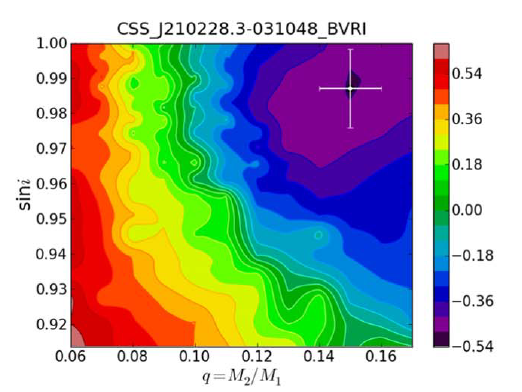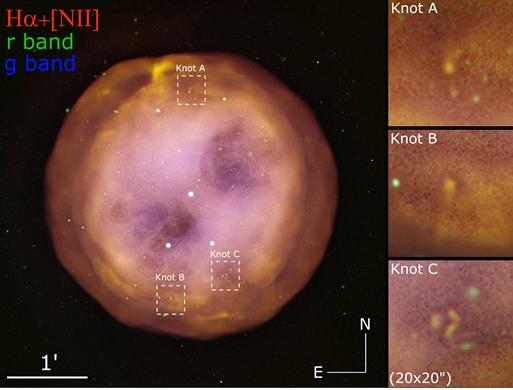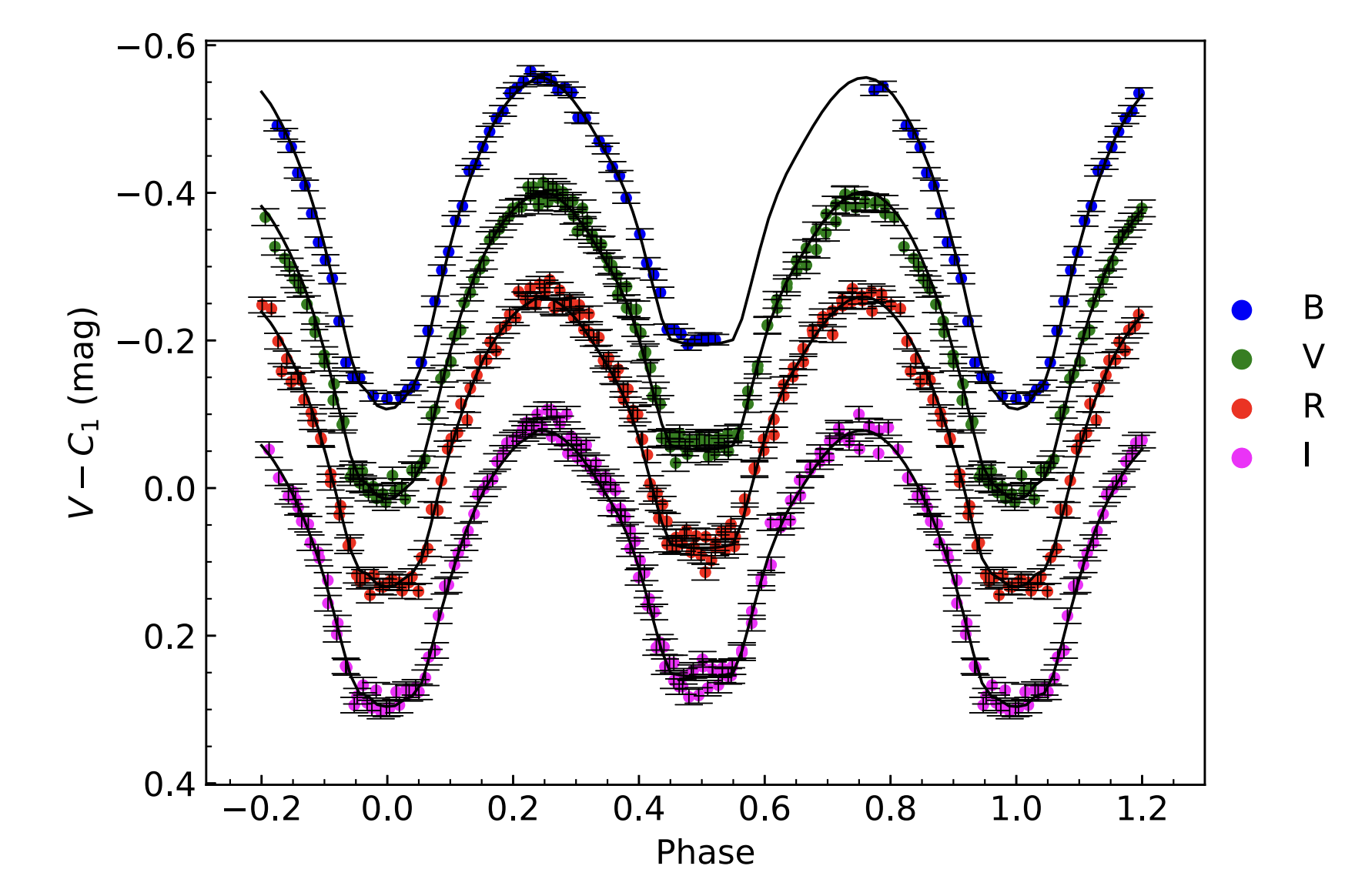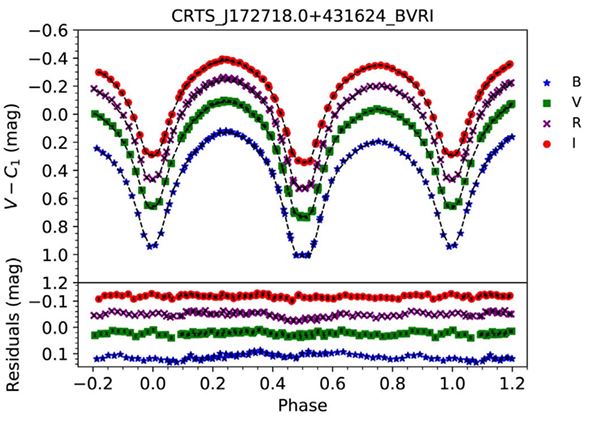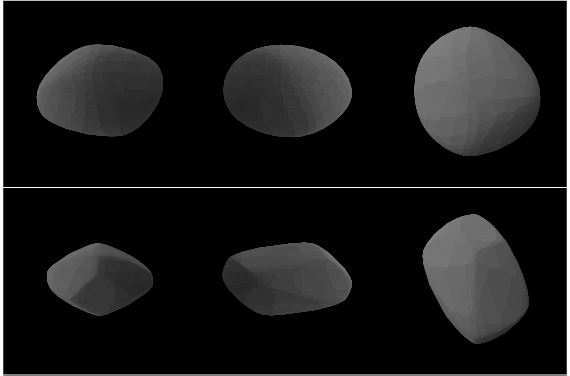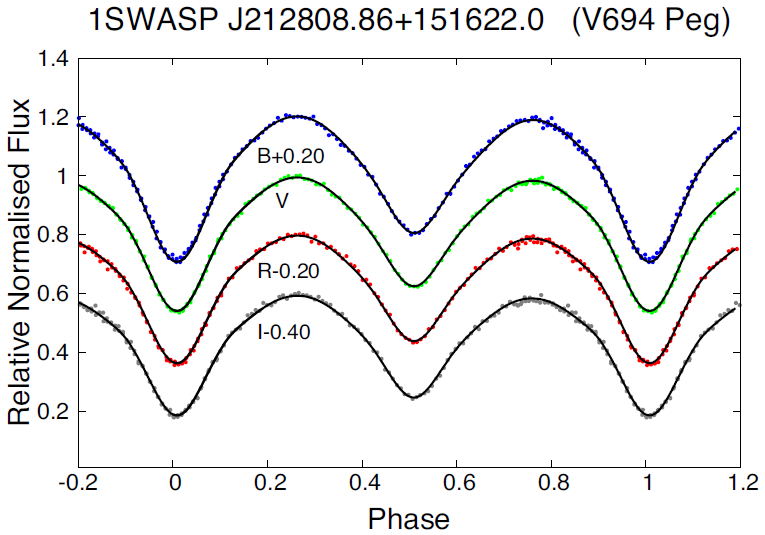A Study of Nine Extremely Low Mass Ratio-contact Binary Systems
Eleni Lalounta, Panagiota-Eleftheria Christopoulou, Athanasios Papageorgiou , C. E. Ferreira Lopes, and Márcio Catelan
https://doi.org/10.3847/1538-3881/ad4882
August 2024
Abstract
Low-mass ratio systems (LMR) are a very interesting class of contact eclipsing binaries challenging the theoretical models of stability. These systems are also considered possible progenitors of the rare low-mass optical transients called red novae. In this study, we present the identification of 7 new totally eclipsing LMR systems from Catalina Sky Surveys (CSS) and 77 LMR candidates from the All Sky Automated Survey. Using the available CSS light curves and new multiband observations for CSS_J210228.3-031048 and CSS_J231513.3+345335 with the 2.3 m Aristarchos telescope at Helmos Observatory, we estimate their physical and absolute parameters and investigate their stability and their progenitors. The light curves are analyzed by performing a two-dimensional scan on the mass–ratio inclination plane with Phoebe-0.31 scripter, while the errors are estimated using Monte Carlo simulations and heuristic scanning of the parameter space. Our analysis revealed that all 9 CSS systems have extreme mass ratios from 0.09 to 0.16. Our statistical analysis of well-studied LMR contact binaries shows that LMR systems tend to have warmer and more massive primaries. The investigation of the progenitors of both low and higher-mass-ratio systems reveals a trend for the former to originate from higher-mass ancestors. Finally, we investigate the stability condition by calculating the ratio of spin angular momentum to orbital angular momentum and other stability indicators in the context of the reliability of the solutions.

